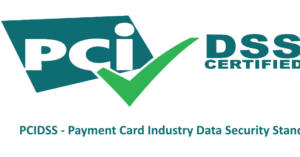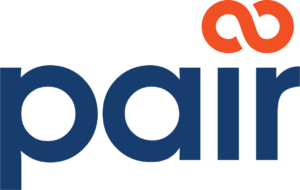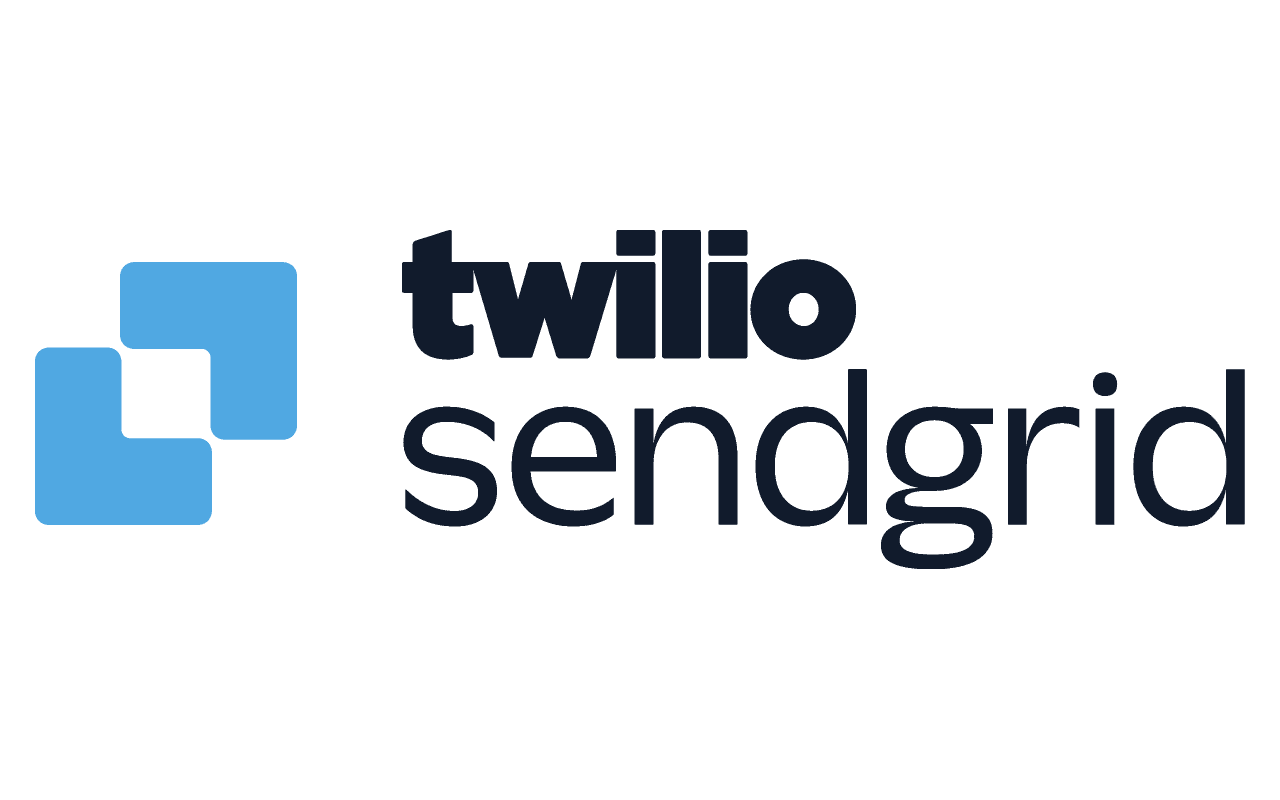
File and folder Naming Conventions
Struggling with messy files and lost documents?
Implement best practices for file and folder naming to enhance searchability, prevent errors, and ensure consistency across platforms like Microsoft, Google Drive, and cloud storage solutions. Learn how Cool Life CRM & VDR auto-corrects naming issues while ensuring compliance with ISO 8601 standards for optimal document management.
File and Folder Naming Requirements Guide
An effective file naming convention is essential for maintaining an organized, efficient, and universally accessible file system. Standardized naming practices enhance searchability, prevent errors, and ensure consistency across platforms, applications, and inter-company collaborations.
This guide ensures compliance with universal naming conventions by following best practices recommended by Microsoft, ISO 8601 (date formatting standards), and file management guidelines from industry leaders.
Best Practices for File and Folder Naming
- Use Descriptive and Clear Names
- Choose meaningful names that accurately describe the file’s content.
- Avoid generic names like Document1 or File. Instead, specify details to distinguish similar files.
- Include Keywords for Searchability
- Incorporate relevant keywords in the file name or metadata to improve search results.
- Use terms that others might use when searching for the content.
- Add a description in the metadata section to provide additional context when available.
- Follow a Consistent Format
- Establish and maintain a structured naming format for easy navigation.
- Use underscores _, hyphens -, or camel case (FileNameExample) to separate words.
- Use Standardized Date Formats (ISO 8601)
- If including dates, use the internationally recognized format:
YYYY-MM-DD (e.g., 2023-11-12). - This format ensures proper chronological sorting and universal searchability across all platforms, including Microsoft, Google, and cloud-based storage solutions.
- Avoid using month names or abbreviations (e.g., Nov 12, 2023).
- Avoid Special Characters and Spaces
- Microsoft, Google Drive, and other systems restrict special characters (! @ # $ % ^ & * ?).
- Stick to letters, numbers, hyphens (-), or underscores (_) only.
- Never end a file or folder name with a special character, including a period (.).
- Keep File Names Concise
- File names should be short but descriptive to improve readability and system compatibility.
- Microsoft and most cloud-based platforms recommend a 100-character limit for file names and a 50-character limit for folder names.
- Use Version Numbers for Revisions
- If a file undergoes multiple revisions, include a version number (e.g., ProjectPlan_v2.pdf).
- Uploading new versions with distinct file names prevents conflicts in document storage.
- Be Mindful of Case Sensitivity
- Windows systems are case-insensitive, while Unix-based systems (MacOS, Linux) are case-sensitive.
- To ensure platform consistency, adopt a single-case convention (e.g., all lowercase or camel case).
- Organize Files with a Logical Folder Structure
- Structure folders logically, grouping related files.
- Limit folder depth to three levels to ensure ease of access.
- Example folder structure:
nginx
CopyEdit
Project_X
├── Contracts
│ ├── ClientAgreement_2023-11-12.pdf
│ ├── NDA_ABC_Corp.pdf
├── Reports
│ ├── FinancialSummary_Q3_2023.xlsx
│ ├── MarketAnalysis.pdf
- Cool Life Platform Auto-Corrections
The Cool Life CRM & VDR platform will attempt to auto-correct naming inconsistencies during file uploads. However, it is best to manicure local files before uploading to ensure proper categorization and prevent errors from inferior naming conventions.
Following these guidelines ensures that your files are stored efficiently, accessible across multiple platforms, and compliant with industry standards.
Industry References & Standards
- Microsoft 365 Naming Conventions (Microsoft Docs)
- ISO 8601 Standard for Date Formatting
- Google Drive and OneDrive File Naming Restrictions
- Best Practices for File and Folder Management (NIST & ITIL Standards)
Conclusion
Establish a company-wide standard for file and folder naming conventions to maintain file system integrity and improve efficiency. Use a structured template and make minimal changes to accommodate different transaction needs.
These best practices can streamline document management, reduce errors, and improve accessibility across all users and platforms.
Sources
https://datamanagement.hms.harvard.edu/plan-design/file-naming-conventions
https://guides.library.harvard.edu/c.php?g=1033502&p=7496710



